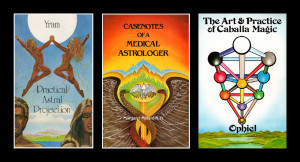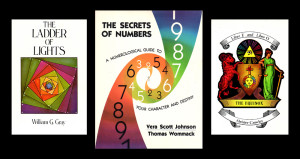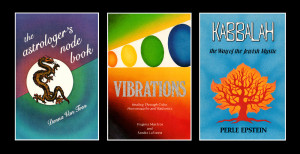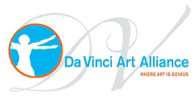“Things do not pass for what they are, but for what they seem. Most things are judged by their jackets.” – Balthasar Gracián y Morales (1601-1658)
 So what is air brushing? “An airbrush is a small, air-operated tool that sprays various media including ink and dye, but most often paint by a process of nebulization. Spray guns
So what is air brushing? “An airbrush is a small, air-operated tool that sprays various media including ink and dye, but most often paint by a process of nebulization. Spray guns
 were developed from the airbrush and are still considered a type of airbrush.” – from Wikipedia. The particular instruments I used were a little larger than a fountain- or ball-point pen, with a small jar or cup attached to the side
were developed from the airbrush and are still considered a type of airbrush.” – from Wikipedia. The particular instruments I used were a little larger than a fountain- or ball-point pen, with a small jar or cup attached to the side
 containing liquid pigment, as well as an air hose connected to an air compressor. The release of color is controlled by a lever on the top of the instrument that slides back and forth, which in turn extends or
containing liquid pigment, as well as an air hose connected to an air compressor. The release of color is controlled by a lever on the top of the instrument that slides back and forth, which in turn extends or
 withdraws a needle at the core of the tool that controls the flow of compressed air blowing the colored pigment being fed into the brush onto the surface being painted. Trying to remember my own early experiences with them, I recollect that I purchased my first Paasche airbrush in the early 70s while still working as a fashion illustrator. However my first few attempts to teach myself how to operate ‘the thing’ ended in disaster and frustration. So I left it alone for a few years. I returned to teaching myself its use in the later 70s with much better success, as the covers above attest. Not only was it used to create full color artworks for book covers, I also used it to create book covers printed in 2-, 3-, or 4-colors. This required the creation of printer’s mechanicals with individual plates in black for each color used – the type of covers featured in the March 8th blog.
withdraws a needle at the core of the tool that controls the flow of compressed air blowing the colored pigment being fed into the brush onto the surface being painted. Trying to remember my own early experiences with them, I recollect that I purchased my first Paasche airbrush in the early 70s while still working as a fashion illustrator. However my first few attempts to teach myself how to operate ‘the thing’ ended in disaster and frustration. So I left it alone for a few years. I returned to teaching myself its use in the later 70s with much better success, as the covers above attest. Not only was it used to create full color artworks for book covers, I also used it to create book covers printed in 2-, 3-, or 4-colors. This required the creation of printer’s mechanicals with individual plates in black for each color used – the type of covers featured in the March 8th blog.
Coming up soon, some of my favorite covers using a tool that I grew to love for the effects that I could not achieve otherwise. Truth to tell, I also grew to loath the instrument occasionally; particularly for those times when a glob of pigment collected unnoticed on the end of the airbrush, until suddenly… SPLAT… that blob of color blew off unexpectedly, splattering that beautiful sky I spent half an hour developing. Unless I could turn that mistake into something passable, like a dark cloud that hadn’t been intended but could be made to work in the composition somehow, it’s back to the drawing board to start all over again. That misfortune happened enough times to dampen my ardor for the tool. And that’s not even mentioning the tedium of masking off areas not to be painted by cutting sheets of adhesive-backed frisket or painting those areas with liquid frisket. The medium is a very demanding and precise one that held my attention and dedication for a few years in the late 70s and early 80s. I eventually learned how to recreate many of its effects in oil paint, which is more color-permanent than the color-fugitive Luma dyes used to paint nearly all of the covers featured in these postings. The time came to move on to other endeavors, and leave its use behind. For more information about airbrushes, which I found fascinating while researching for this article, check out the Wiki entry: http://en.wikipedia.org/wiki/Airbrush



{ 0 comments… add one now }